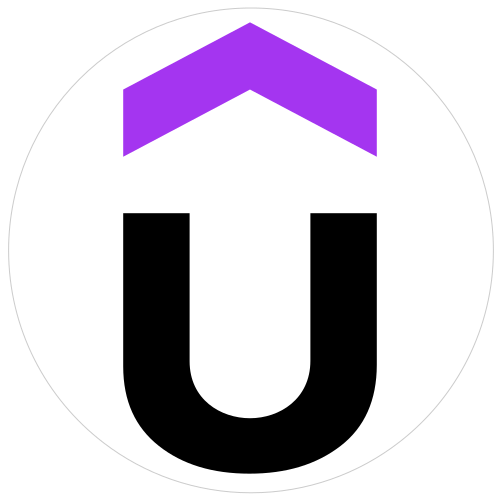
Building a module in Go (Golang)
Learn to build a reusable, well-tested module in Golang
Created by Trevor Sawler | 4 hours on-demand video course
Working with web applications in Go is remarkably easy, but it does not take too long to realize that in a lot of cases, we end up writing the same kind of code every time we start a new project. You might need to read JSON, write JSON, upload files, or any of the commonly used features of a given web application. In other words, we often rewrite code that we have already written, many times over.
Rather than simply copying and pasting code from one project to another, it makes sense to take advantage of Go modules — reusable code that can be included in a project by simply issuing a “go get” command. That way, if new functionality is added to that module, any project that imports it can take advantage of that functionality simply by updating its dependencies, and if a bug is discovered, you can fix it by updating the module; every project that uses that module gets the bug fix with a single “go get -u” command.
Building a robust, secure, well-tested module is not difficult, but it does require careful planning to ensure that it will work across different operating systems. This course will take you through the steps necessary to produce a module that includes many of the tasks commonly used in web applications
What you’ll learn
- How to build a platform agnostic, re-usable Go module
- How to share your module with other Go developers
- How to write tests for your module
- How to manage multiple versions of your module
- How to use Go 1.18’s new go work feature, workspaces
Recommended Course
Building GUI Applications with Fyne and Go (Golang)
Master Go (Golang) Programming:The Complete Go Bootcamp 2022









